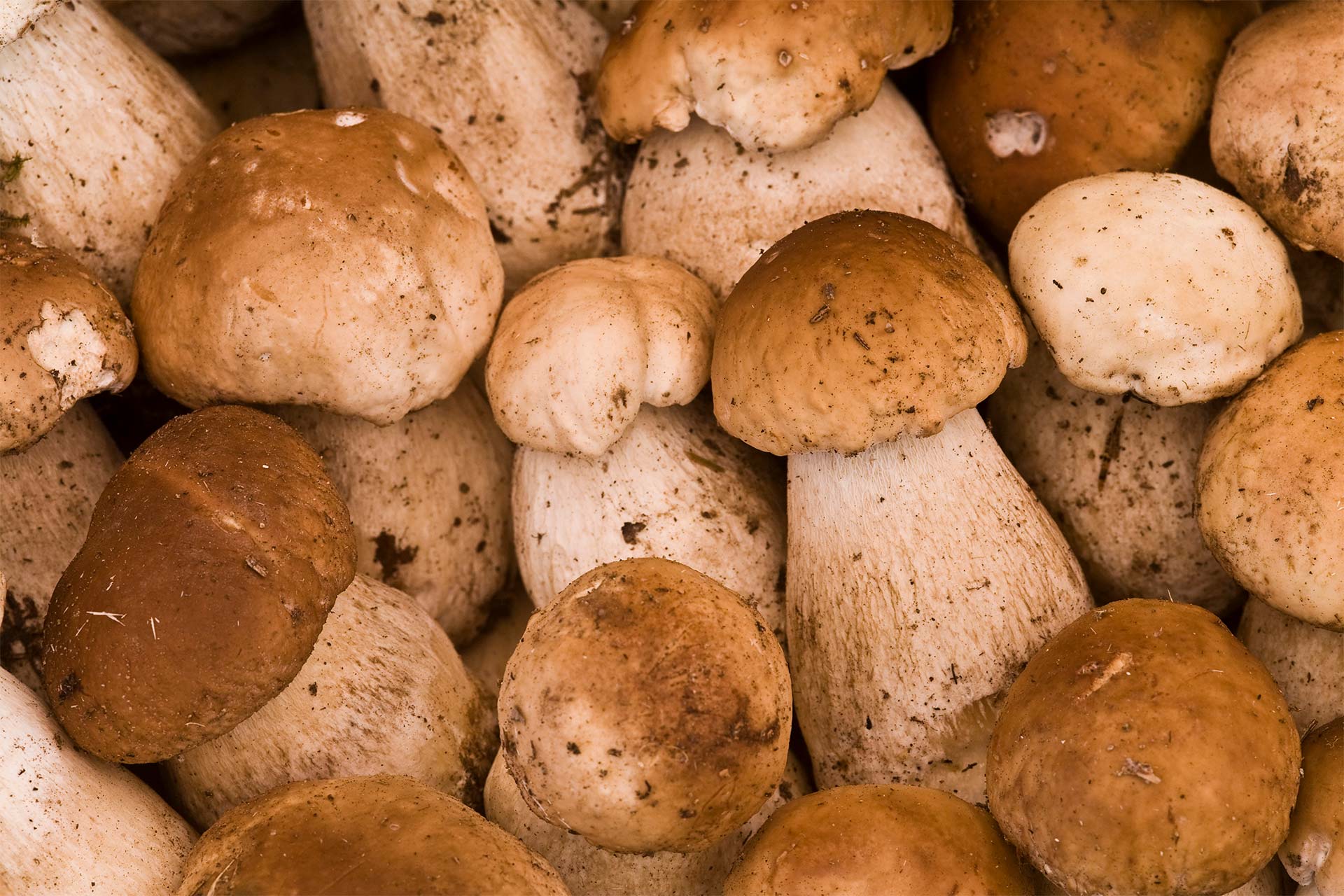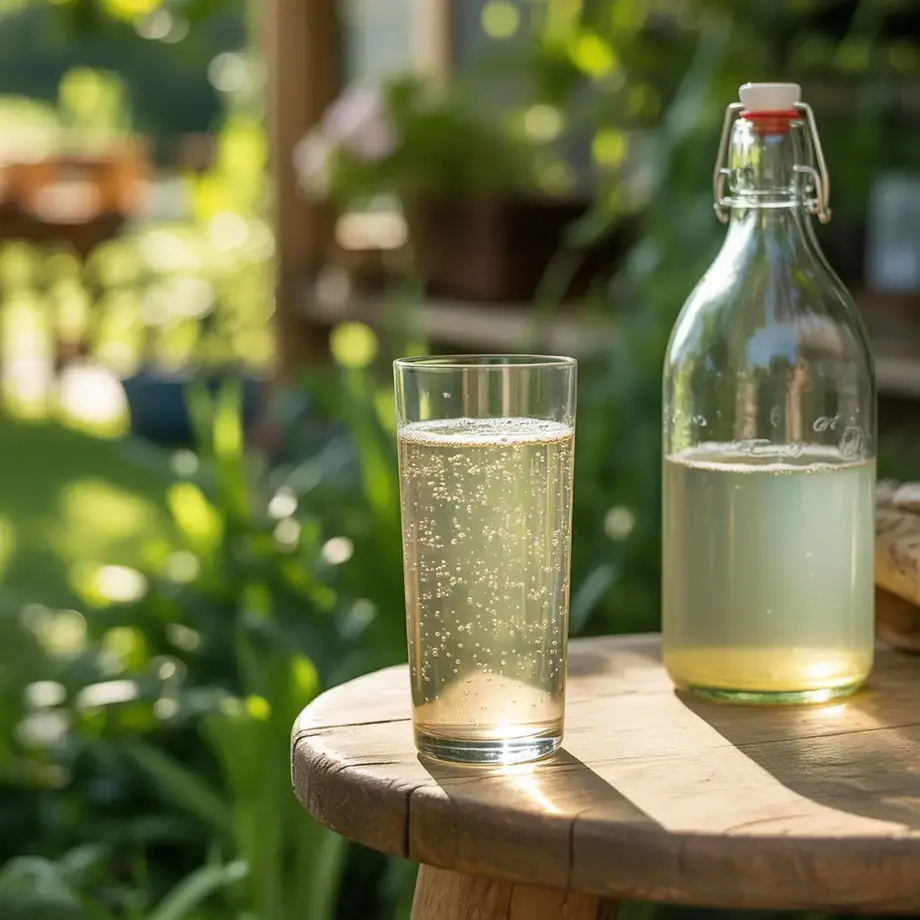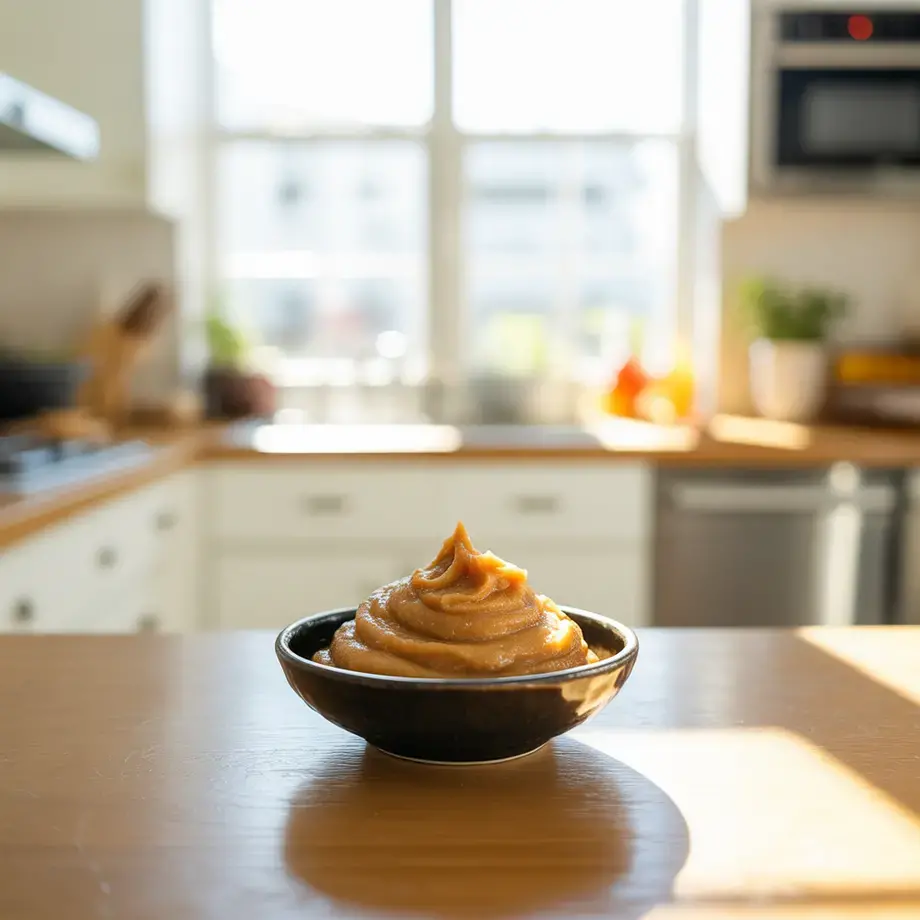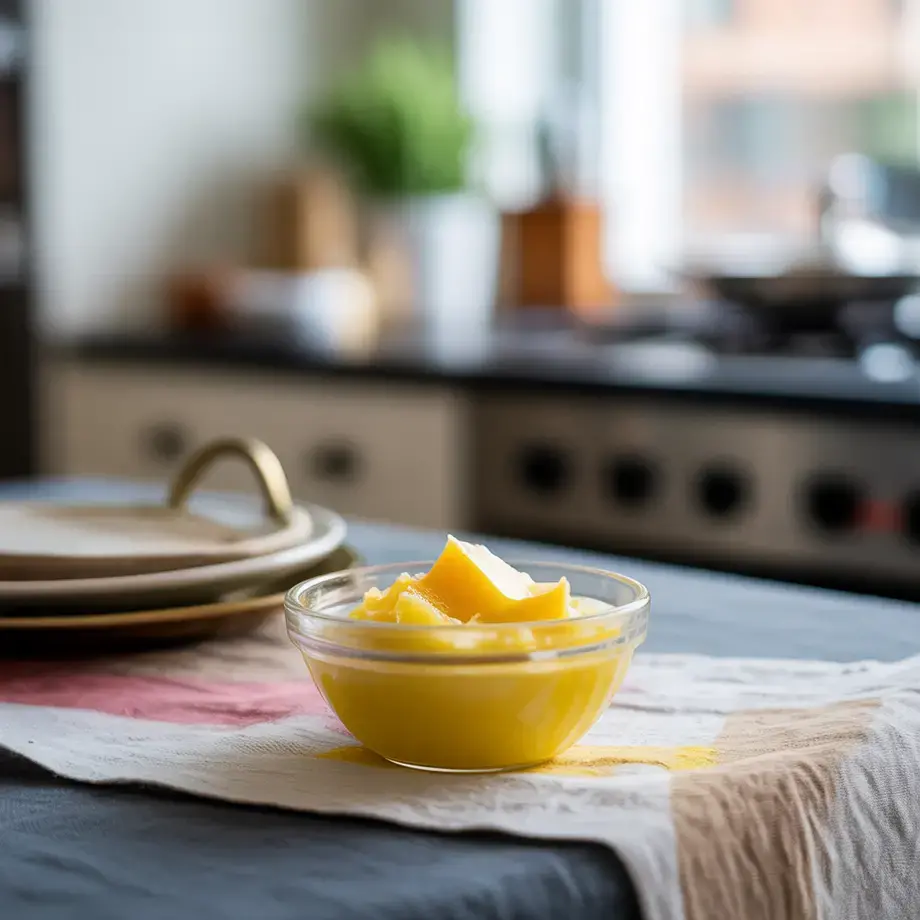A rapid search on the Internet or the advice of a friend who is an expert cook will confirm that, when you have some delicious mushrooms, one of the few things you can be absolutely sure of is that they should never be washed. So, go home with your basket full of excellent porcini mushrooms and, one by one, cut off the harder bits and simply remove the soil with a knife.
Stop. In fact, it would be disastrous to wash them under running water because this would very likely cause the mushrooms to absorb water and “boil” when cooked. This rule contains half a truth and a whopping lie but, in order to clarify the issue, you need to know exactly what a mushroom is. Basically, we are already familiar with them. So familiar, in fact, that the mere thought makes our mouths water. However, with regard to their composition, things are less obvious.
Do you need to wash mushrooms?
To make it simpler, we can say that mushrooms are similar to sponges, consisting of densely packed lattices of polysaccharides which encapsulate an enormous quantity of water molecules: more than 90% of a mushroom is made up of water. Being devoid of a proper fluid circulation system, mushrooms collect nutrients by absorbing them directly through their wall structures. So, we are not wrong in thinking that mushrooms tend to absorb water and we realise this when we put them out to dry in the sun: in just a few hours their volume reduces by half and this is also the reason why they can be stored for a long time when dried.









